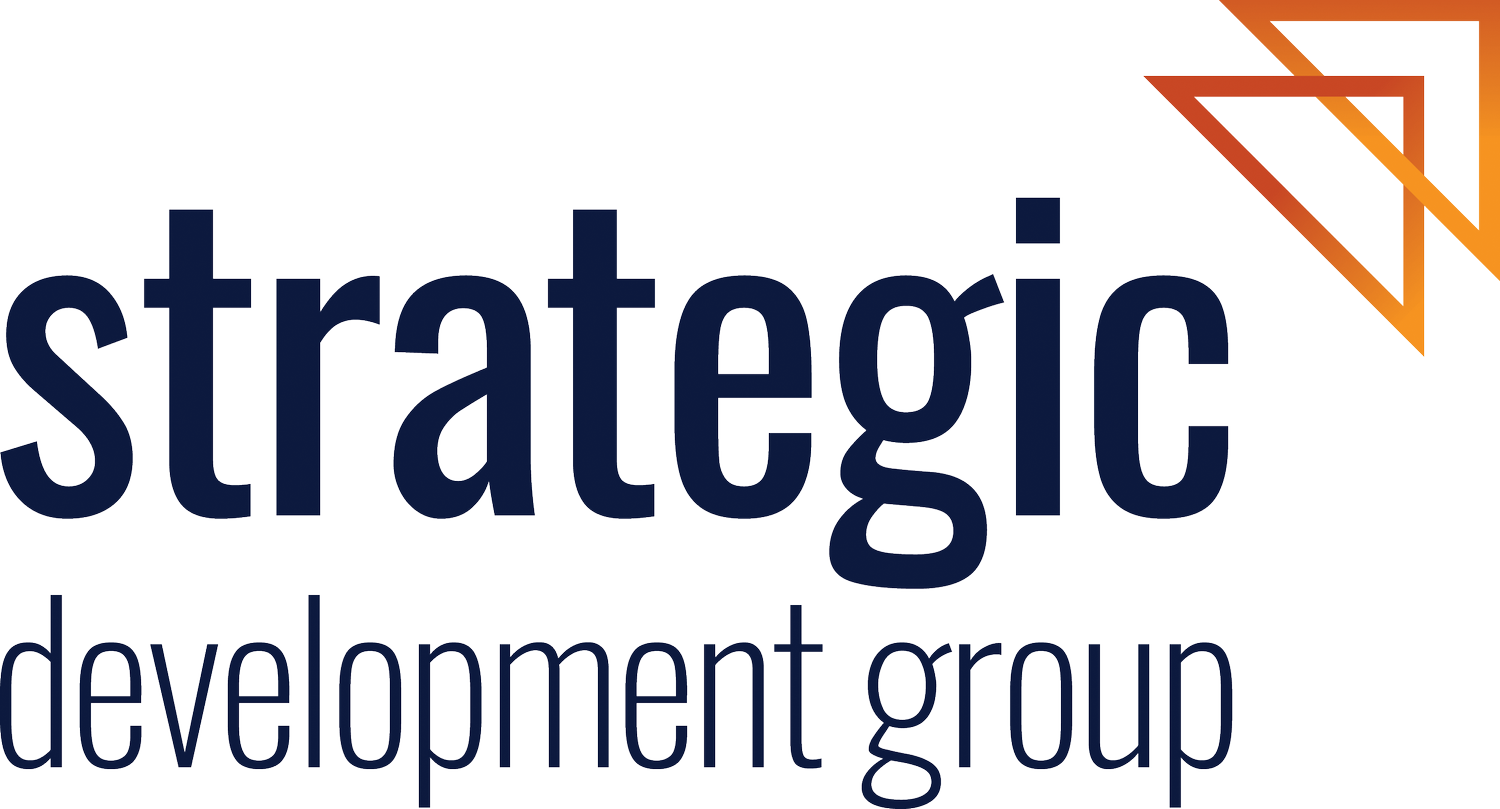ACT EDUCATION DIRECTORATE
September 2021 - June 2022
The Challenge
In 2021, the ACT Education Directorate embarked on a process to hear community voices to feed into a new strategy on education for students with disability. The Directorate required a consultation methodology to capture the voices of key stakeholders – in an inclusive and accessible way - to understand a diverse range of experiences and perspectives with respect to:
the current state of education for students with disability
areas to strengthen/change/reform
the opportunity for contemporary design of school infrastructure to enhance inclusive education
practices that need to be expanded
pedagogical models considered to be successful (or not successful) in achieving positive outcomes for students with disability
The solution
In partnership with contentgroup, Strategic was engaged to lead the “Community Conversation”. Our two companies collectively brought together skills and expertise in communication, engagement, and disability inclusion, including a young person with a disability, and parents of current and past students with disabilities.
The team developed a methodology for engagement through “conversations” in different ways – survey, school visits, online individual and small group discussions, drawings, and written submissions – with current students, young people, parents, carers, school staff and wider community:
From November 2021 through to March 2022 the various elements of the conversation were undertaken. The conversations were independently facilitated by our team and were intentionally organised to create a safe space and ensure the confidentiality of participants.
The use of universal design and reasonable adjustments assisted to make consultations inclusive, by meeting the participants’ individual accessibility preferences.
The outcome
The outcome of the “Community Conversation” was that a wide range of voices was heard through safe, accessible, and inclusive ways:
553 survey responses from 35 young people and 518 adults were received
6 online group discussions with 18 parents were held online
4 group conversations with young people and students were held online and in person
3 in-person school visits were undertaken
22 individual conversations with young people, parents and staff
307 ‘postcard’ pictures were submitted by students
6 Written submissions were received
A report on the Community Conversation was prepared by our team, including an animation prepared by contentgroup, and is available online.


